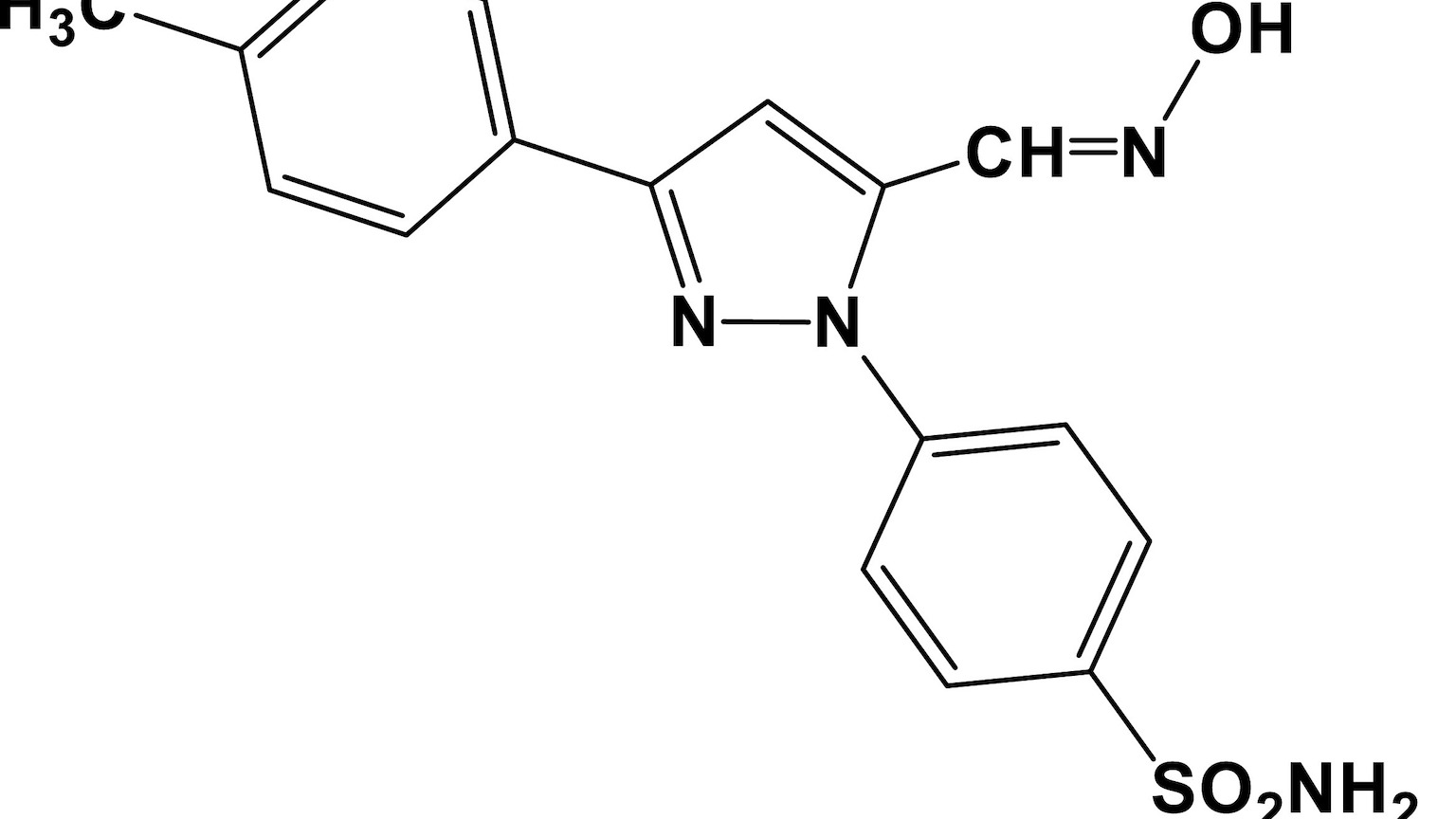Green light therapy might help treat chronic pain

- Phototherapy — exposure to light of specific wavelengths and intensities — has been used to manage pain in patients with various conditions, including non-specific lower back pain, migraine, and fibromyalgia.
- Green light, in particular, shows promise for managing pain. But the mechanism has remained largely unknown.
- New research outlines a visual-neural pathway that appears to mediate analgesia in response to light.
A new study reveals the cellular mechanism by which green light relieves pain in mice. The findings suggest that light therapy could be a cheap and effective way of managing chronic pain, a major global health problem.
In the past decade, phototherapy — exposure to light of specific wavelengths and intensities — has been used to manage pain in patients with various conditions, including non-specific lower back pain, migraine, and fibromyalgia.
Vision required
The mechanism mediating the analgesic effects of light was unknown, but one recent study, in which opaque contact lenses eliminated the effect in mice, suggested that vision plays a role. So, a team of researchers at Fudan University in Shanghai performed a series of animal experiments to investigate the role of the visual system, and the results were published in the journal Science Translational Medicine.
First, the team induced arthritis in the hind paws of mice and confirmed that daily exposure to green light relieved the animals’ pain. However, this effect was eliminated by injection of a chemical that causes degeneration of photoreceptor cells in the retina. A further experiment revealed that cones, the photoreceptors needed for color vision, are required for the analgesic effect, but that rods, which are responsible for vision at low light levels, are only partly involved.
Next, researchers used fluorescent labeling to identify the brain regions involved, and delineated a pathway from the retina to the ventrolateral geniculate nucleus (vLGN), one of several subregions of the thalamus that receives inputs from the eyes. Inhibiting vLGN cells blocked the analgesic effects of green light, whereas activating the retina-vLGN pathway produced analgesia in the arthritic mice. Further, the analgesic effect was absent in mutant mice that exhibited major cell death in the primary visual cortex.
Thus, light-induced analgesia requires a neural pathway from the retina to the vLGN, as well as a functional primary visual cortex. The vLGN contains large numbers of neurons that synthesize and secrete the inhibitory neurotransmitter gamma-aminobutyric acid (GABA), but the researchers identified a subset of these, which also synthesize the endogenous opioid enkephalin, as being necessary for green light analgesia.
One final set of experiments revealed that these enkephalin-producing vLGN project to the dorsal raphe nucleus, a region of the brainstem known to be important for pain modulation.
Together, the results show that the visual pathway plays a crucial role in green light analgesia. The researchers argue that a specific class of retinal ganglion cells — secondary cells that receive inputs from rods and cones and form the optic nerve — mediate the analgesic effect.
A green light for green light therapy
Various other studies have used bright white light, applied at between 3,000 to 5,000 lux, to induce analgesia, but this may have unwanted side effects such as headache and may even damage retinal cells. This study used green light with an intensity of 10 lux, which likely has less risk of adverse effects.
It appears that green light therapy could be given a green light, a welcome relief to chronic pain and migraine sufferers alike.





